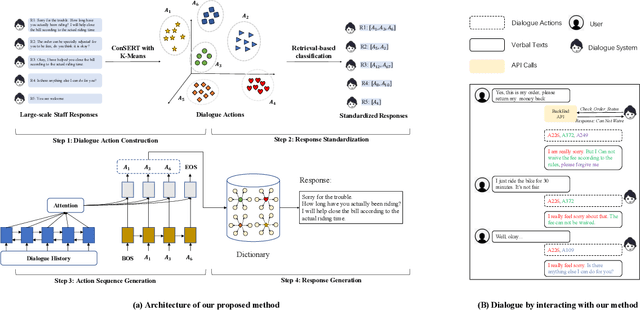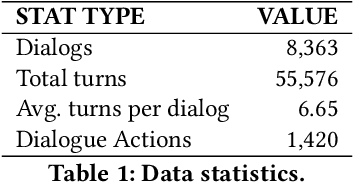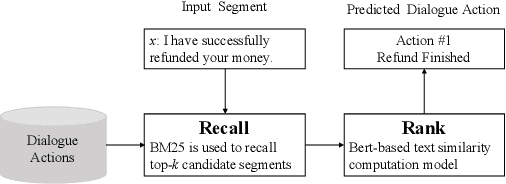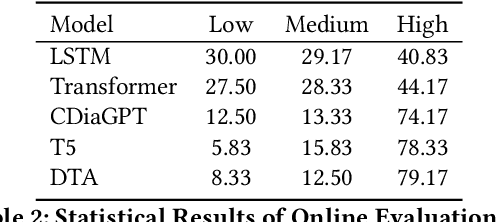Guanwei Zhang
Yi: Open Foundation Models by 01.AI
Mar 07, 2024



Abstract:We introduce the Yi model family, a series of language and multimodal models that demonstrate strong multi-dimensional capabilities. The Yi model family is based on 6B and 34B pretrained language models, then we extend them to chat models, 200K long context models, depth-upscaled models, and vision-language models. Our base models achieve strong performance on a wide range of benchmarks like MMLU, and our finetuned chat models deliver strong human preference rate on major evaluation platforms like AlpacaEval and Chatbot Arena. Building upon our scalable super-computing infrastructure and the classical transformer architecture, we attribute the performance of Yi models primarily to its data quality resulting from our data-engineering efforts. For pretraining, we construct 3.1 trillion tokens of English and Chinese corpora using a cascaded data deduplication and quality filtering pipeline. For finetuning, we polish a small scale (less than 10K) instruction dataset over multiple iterations such that every single instance has been verified directly by our machine learning engineers. For vision-language, we combine the chat language model with a vision transformer encoder and train the model to align visual representations to the semantic space of the language model. We further extend the context length to 200K through lightweight continual pretraining and demonstrate strong needle-in-a-haystack retrieval performance. We show that extending the depth of the pretrained checkpoint through continual pretraining further improves performance. We believe that given our current results, continuing to scale up model parameters using thoroughly optimized data will lead to even stronger frontier models.
Dialog-to-Actions: Building Task-Oriented Dialogue System via Action-Level Generation
Apr 03, 2023



Abstract:End-to-end generation-based approaches have been investigated and applied in task-oriented dialogue systems. However, in industrial scenarios, existing methods face the bottlenecks of controllability (e.g., domain-inconsistent responses, repetition problem, etc) and efficiency (e.g., long computation time, etc). In this paper, we propose a task-oriented dialogue system via action-level generation. Specifically, we first construct dialogue actions from large-scale dialogues and represent each natural language (NL) response as a sequence of dialogue actions. Further, we train a Sequence-to-Sequence model which takes the dialogue history as input and outputs sequence of dialogue actions. The generated dialogue actions are transformed into verbal responses. Experimental results show that our light-weighted method achieves competitive performance, and has the advantage of controllability and efficiency.
 Add to Chrome
Add to Chrome Add to Firefox
Add to Firefox Add to Edge
Add to Edge